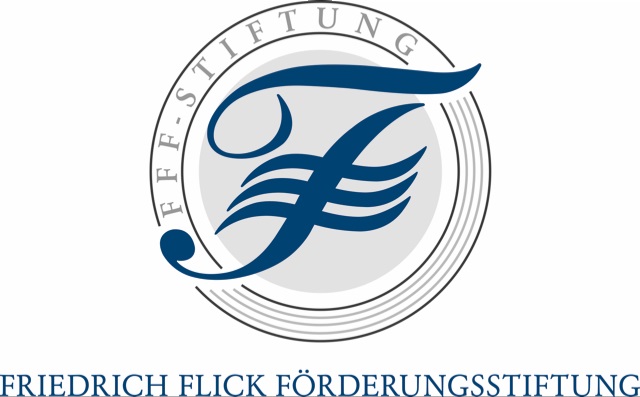Whatever it Takes: The Real Effects of Unconventional Monetary Policy
| Project Start: | 08/2016 |
| Status: | Completed |
| Researchers: | Viral Acharya, Tim Eisert, Christian Eufinger, Christian Hirsch |
| Area: | Financial Intermediation, Data Center |
| Funded by: | Friedrich Flick Förderungsstiftung |
The project is funded by:
Related Published Papers
| Author/s | Title | Year | Area | Keywords |
|---|---|---|---|---|
| Viral Acharya, Tim Eisert, Christian Eufinger, Christian Hirsch | Whatever it Takes: The Real Effects of Unconventional Monetary Policy Review of Financial Studies | 2019 | Financial Intermediation, Data Center |
Related Working Papers
| No. | Author/s | Title | Year | Area | Keywords |
|---|---|---|---|---|---|
| 152 | Viral Acharya, Tim Eisert, Christian Eufinger, Christian Hirsch | Whatever it Takes: The Real Effects of Unconventional Monetary Policy | 2016 | Financial Intermediation, Data Center | Unconventional Monetary Policy, Real Effects, Zombie Lending |
In this Section:
